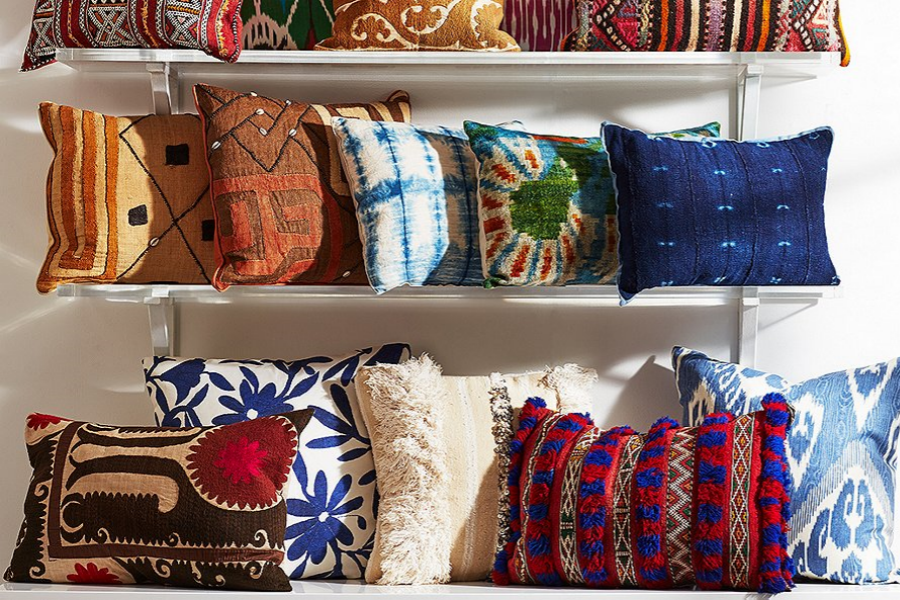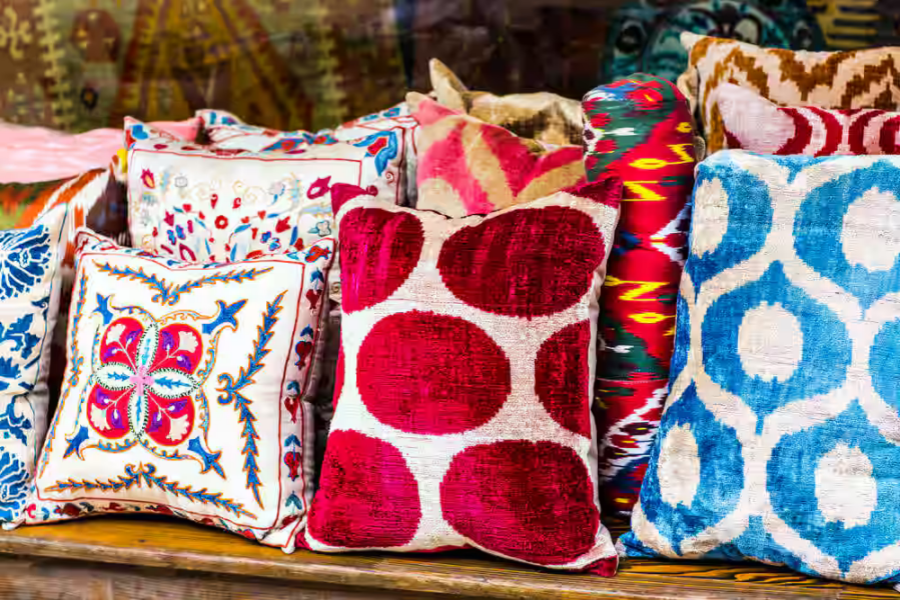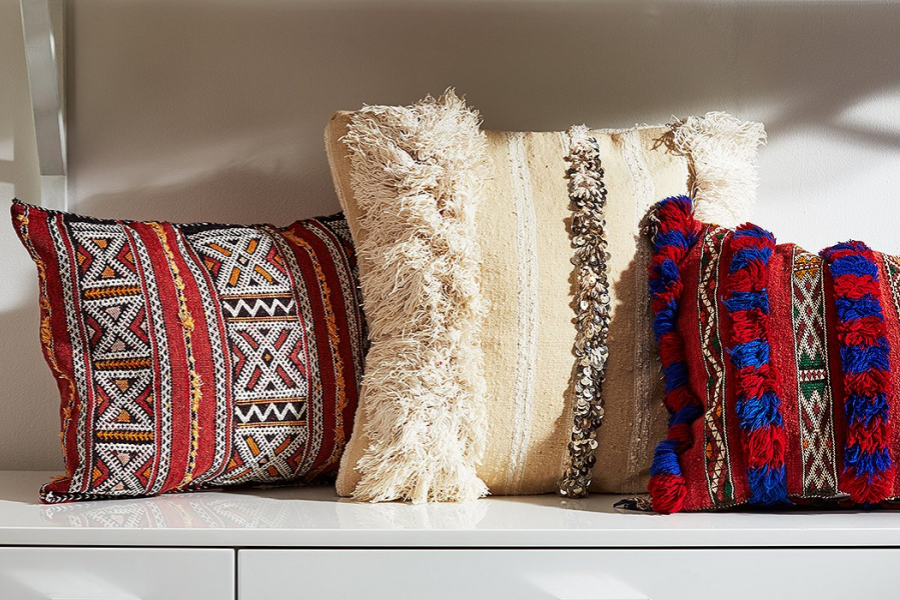The journey of textiles begins with fibers. Natural fibers like cotton, wool, and silk have been used for centuries, each carrying its unique story and characteristics. Cotton, for instance, is celebrated for its breathability and softness, making it a staple in wardrobes worldwide. Wool, on the other hand, offers warmth and durability, making it ideal for colder climates. Silk represents luxury and elegance, often associated with high fashion. These natural fibers are not only functional but also evoke a sense of tradition and craftsmanship.
In contrast, synthetic fibers like polyester and nylon have revolutionized the textile industry in recent decades. These materials are often more affordable and versatile, allowing for innovative designs and functionalities. They can mimic the qualities of natural fibers while offering benefits such as moisture-wicking properties and increased durability.

However, the rise of synthetic textiles has also raised concerns about environmental sustainability, leading to a growing demand for eco-friendly alternatives.
The art of weaving and knitting further enhances the beauty and functionality of textiles. Techniques vary across cultures, each contributing to a rich tapestry of patterns, textures, and colors. Traditional weaving methods, such as those found in Indigenous communities, tell stories of heritage and identity. Modern technology has introduced new possibilities, allowing for intricate designs and innovative fabric constructions that were once unimaginable.
Sustainability in textiles is an increasingly vital topic. As awareness of environmental issues grows, the fashion industry is shifting towards more sustainable practices.

This includes the use of organic fibers, recycling materials, and adopting eco-friendly production methods. Brands are now prioritizing transparency, encouraging consumers to make informed choices about the textiles they purchase. The rise of upcycled fashion and slow fashion movements highlights the importance of valuing quality over quantity.
The future of textiles is exciting, with advancements in smart fabrics and wearable technology on the horizon. Imagine clothing that can monitor your health or adapt to temperature changes. Innovations like these not only enhance functionality but also challenge our perceptions of what textiles can be.
In conclusion, textiles are more than mere materials; they are a reflection of culture, innovation, and sustainability. By exploring the world of textiles, we gain insight into our history and the future of fashion. As we continue to embrace and innovate within this field, we can create a more sustainable and vibrant textile landscape for generations to come.





